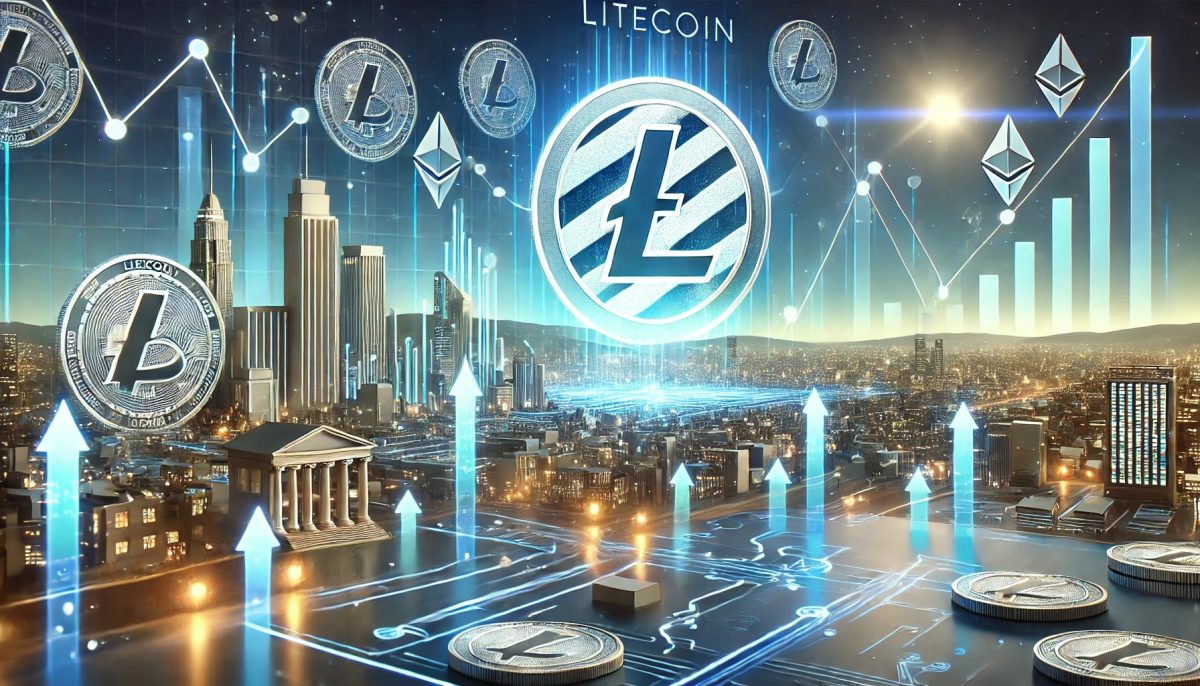ARTICLE AD
Ethereum is a legacy network, but it has been rapidly evolving. It has adapted to environmental needs, for example, while looking for ways to scale. Several hard choices have been made, including shifting from a proof-of-work to a proof-of-stake system.
However, Péter Szilágyi, a developer and team lead at Ethereum, is concerned about how “malleable” Ethereum is becoming.
Ethereum Prioritizing Short-Term Fixes Over Protocol Integrity?
Taking to X, Szilágyi criticized the project’s development direction. The team lead noted an increasing trend of developers prioritizing short-term fixes over the protocol’s long-term health.
This criticism comes at a time when regulators have been scrutinizing Ethereum, and even the United States Securities and Exchange Commission (SEC) reportedly considers ETH as an unregistered security. It is the decision that has been made around this that Szilágyi is worried about.
The developer is concerned that the constant tinkering with core protocol rules to appease regulators is a recipe for disaster. This “co-opting tiny decisions here and there,” the team lead said, risks morphing Ethereum into a traditional finance (TradFi) clone.
When this happens, the core tenets of decentralization and the technically elusive “censorship resistance” feature in TradFi, will be sacrificed.
Szilágyi thinks Ethereum is on a losing path, especially regarding the Maximal Extractable Value (MEV) issue. In Ethereum, validators, tasked with approving transactions in no particular order but depending on the attached gas fee, can “capture” value by changing the transaction order within a block.
Danger Of Centralization: MEV Issues Not Addressed, Suspicion On Liquid Staking
The developer said MEV’s negative effects have not been addressed yet. However, instead of dedicating time and effort to fix it, the focus has shifted towards “catering the protocol and infra around it to proprietary MEV builders.” Adopting this path, Szilágyi argues that Ethereum developers are essentially handing to a centralized lot, watering the decentralization in the second most valuable network.
Beyond MEV, the developer also thinks the rise of liquid staking solutions like Lido Finance will destabilize the network.
ETH holders can earn rewards through liquid staking platforms without running a validator node. Over time, the Szilágyi worries that only a few operators will wield strong network control, increasing concentration.
Whether developers will heed Szilágyi’s concerns remains to be seen. However, what’s clear is that developers have been introducing implementations on the mainnet to enhance user experience and reduce costs.
In the latest upgrade, Dencun, developers made trading on layer-2 protocols like Base and Arbitrum cheaper. As seen from the Ethereum roadmap, there will also be more efforts to scale the mainnet via Sharding in the coming years.
Feature image from Canva, chart from TradingView

 8 months ago
40
8 months ago
40 

